Australian Wrens, Gerygones and Allies
Australian wrens belong to Maluridae and gerygones and allies to Pardalotidae families. See Taxonomy note at the end of this page. The gallery features images of fairy-wrens that I photographed in shrubland habitat. The gallery displays photos of gerygones, thornbills, scrubwrens and pardalote.
Australian Wrens, Gerygones and Allies
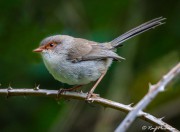
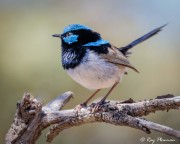
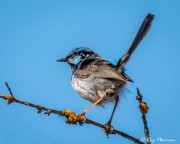
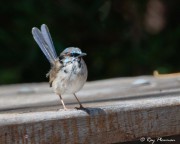
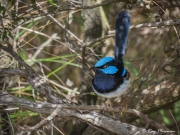
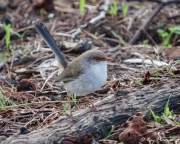
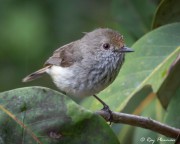
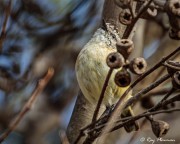
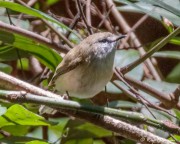
![White-browed Scrubwren [Buff-breasted] (Sericornis frontalis laevigated) male at Broken River in Eungella National Park White-browed Scrubwren [Buff-breasted] (Sericornis frontalis laevigated) male at Broken River in Eungella National Park](https://rayplowman.co.uk/wp-content/uploads/2018/11/White-browed-Scrubwren-0074-180x144.jpg)
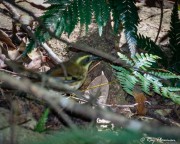
Australian Wrens, Gerygones and Allies Notes
All the species shown in the gallery are ‘Red List 2019’ assessed as ‘Least Concern’. Apart from the endemic New Zealand grey gerygone, all other species displayed in the gallery are endemic to Australia.
All fairy-wrens exhibit plumage dimorphism; the gallery displays images of male, female and for some genera. None of the thornbill shown in the gallery exhibit plumage dimorphism although some species such as the White-browed Scrubwren exhibit size dimorphism, the female being slightly smaller.
The Southern Emu-wren is one of Australia’s smallest endemics; the body is just 6cm, but it has an exceptionally long 10cm tail. I Photographed this male, who’s tail bent to the left by foliage, at Hacks Lagoon in South Australia.
Fairy-wrens and Scrubwren Behaviour
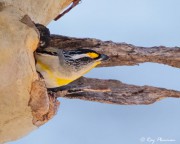
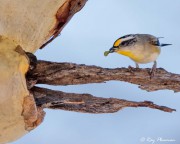
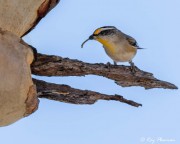
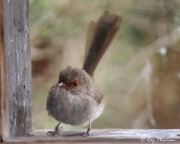
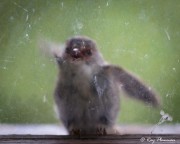
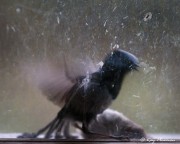
Fairy-wren and Scrubwren Behaviour Notes
A fairy-wrens behaviour photo essay: At the Boonoorong hide in The Briars Wildlife Sanctuary, male and female fairy-wrens were flying vigorously against the glass. Probably defensive behaviour caused by the birds seeing reflections in the window glass, it was very dark inside the hide. After visiting the Chechingurk Hide and returning to the Boonoorong Hide, the fairy-wrens were still flying vigorously against the glass. The female collapsed, nine seconds later, the male collapsed, after another five seconds both seemed to recover, both woke up and were flying again. The scratched and dirty glass has resulted in inferior quality images, including showing what I’ve called thrashing behaviour probably from image reflection in the window glass.
Thornbill images of Large-billed Scrubwren feeding on tree-trunk insects. A Yellow-throated Scrubwren active nest where an adult was entering the nest from a hole in the bottom; too dark and fast to to photograph.
Australian Wrens, Gerygones and Allies Taxonomy
J Boyd’s Taxonomy in Flux places Australian wrens (Maluridae), and Gerygones and Allies (Pardalotidae) families in basal oscines, parvorder Meliphagida part of suborder Passeri.
As illustrated in the taxonomy family tree, each bird family splits into two subfamilies:
(a) Australian Wrens (Maluridae) comprise subfamilies Fairy-wrens and Emu-wrens (Malurinae) and Grasswrens (Amytornithinae),
(b) Gerygones and Allies (Pardalotidae) contains subfamilies Gerygone, Scrubwrens and Thornbills (Acanthizinae) and Pardalotes (Pardalotinae).
Note that Scrubwrens and Gerygones (Acanthizidae) merged with Pardalotes (Pardalotinae) and renamed Gerygones and Allies.
Some authorities place Maluridae and Pardalotidae in superfamily Meliphagoidea under parvorder Corvida.















